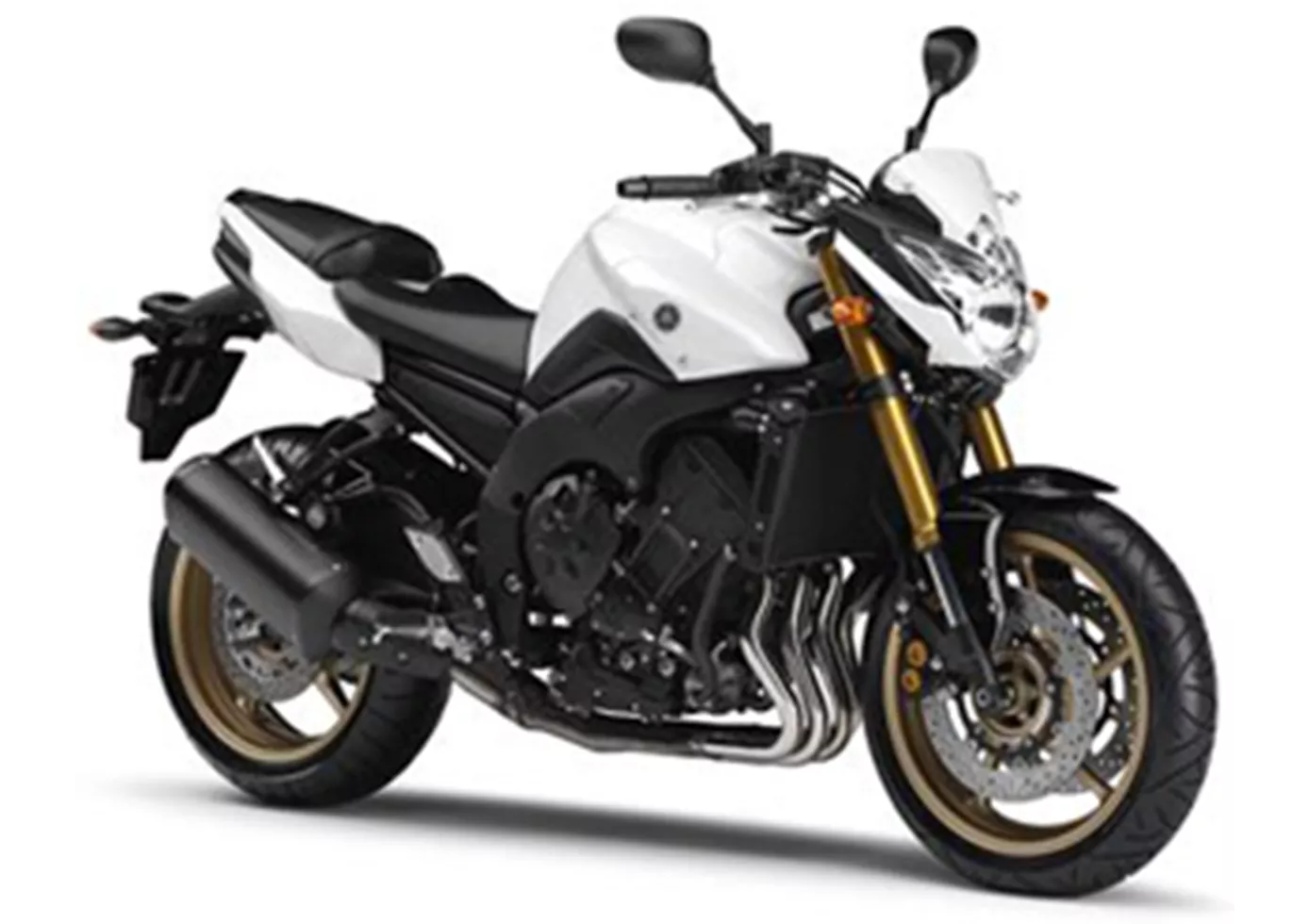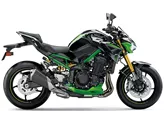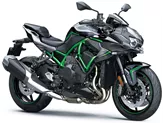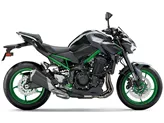Yamaha FZ-8N 2010 vs. Kawasaki Z1000 2009

Yamaha FZ-8N 2010

Kawasaki Z1000 2009
Overview - Yamaha FZ-8N 2010 vs Kawasaki Z1000 2009
In terms of engine power, the Yamaha FZ-8N 2010 boasts 106 HP, while the Kawasaki Z1000 2009 offers a higher power output of 125 HP. This gives the Kawasaki an advantage in terms of sheer power. However, the Yamaha FZ-8N still provides a sporty engine performance and is relatively fast.
When it comes to torque, the Yamaha FZ-8N produces 82 Nm, while the Kawasaki Z1000 generates a higher torque of 98.7 Nm. This means that the Kawasaki has a slight edge in terms of torque, which can contribute to better acceleration and overall performance.
Both bikes are equipped with a 4-cylinder engine and have liquid cooling systems, ensuring efficient heat dissipation and optimal engine performance.

Yamaha FZ-8N 2010
In terms of displacement, the Yamaha FZ-8N has a displacement of 779 ccm, while the Kawasaki Z1000 has a slightly larger displacement of 953 ccm. This means that the Kawasaki has a larger engine size, which can potentially result in more power and performance.
In terms of frame type, the Yamaha FZ-8N features a Deltabox frame, while the Kawasaki Z1000 has a central tube frame. Both frame types offer their own advantages in terms of stability and handling.
Both bikes are equipped with double disk brakes at the front, ensuring effective braking performance and safety.
In terms of dimensions and weights, the Yamaha FZ-8N has a wheelbase of 1460 mm, while the Kawasaki Z1000 has a slightly shorter wheelbase of 1445 mm. The seat height of the Yamaha is 815 mm, while the Kawasaki has a slightly higher seat height of 820 mm. The kerb weight of the Yamaha is 211 kg, while the Kawasaki weighs slightly more at 228 kg. The fuel tank capacity of the Yamaha is 17 liters, while the Kawasaki has a larger fuel tank capacity of 18.5 liters.

Kawasaki Z1000 2009
In terms of strengths, the Yamaha FZ-8N offers a sporty engine performance, a beefy appearance, a pleasant driving feel, and is relatively fast. On the other hand, the Kawasaki Z1000 provides relatively much power, a powerful appearance, much comfort, an optimal chassis, and an acceptable price.
In terms of weaknesses, the Yamaha FZ-8N is criticized for its exhaust canister, which is visually unappealing. The Kawasaki Z1000, on the other hand, has an uncontrollable instrument unit and requires some manual force.
Overall, both the Yamaha FZ-8N 2010 and the Kawasaki Z1000 2009 have their own strengths and weaknesses. The Yamaha offers a sporty and fast riding experience, while the Kawasaki provides more power and comfort. Ultimately, the choice between the two will depend on the rider's preferences and priorities.
Technical Specifications Yamaha FZ-8N 2010 compared to Kawasaki Z1000 2009
Pros and Cons in comparison
Pros and Cons in comparison
Yamaha FZ-8N 2010

Freely following the philosophical-optimistic view that the glass is not half empty but half full, at Yamaha you don't have to decide AGAINST two, but FOR one. In any case, the FZ8 has enough potential to become the golden mean in the circle of free-body bikes.
Kawasaki Z1000 2009

Kawasaki did well to rethink and rebuild the Z1000 from the ground up. It was given a dark soul whose roots lie in the (un)good old days, but it seems more genuine and cohesive thanks to its independent development. Kawa did justice to itself and the wishes of its customers to a high degree. All in all, a courageous product for courageous riders.
Price Comparison Avarage Market Price Yamaha FZ-8N vs Kawasaki Z1000
There are a few key differences between a Yamaha FZ-8N 2010 and a Kawasaki Z1000 2009. It takes less time to sell a Yamaha FZ-8N with 57 days compared to 63 days for a Kawasaki Z1000. Since model year 2010 1000PS.de editors have written 11 reviews for the Yamaha FZ-8N and 41 reviews for the Kawasaki Z1000 since model year 2005. The first review for the Yamaha FZ-8N was published on 1/27/2010 and now has more than 8,200 views. This compares to more than 5,800 views for the first review on Kawasaki Z1000 published on 9/2/2002.





















